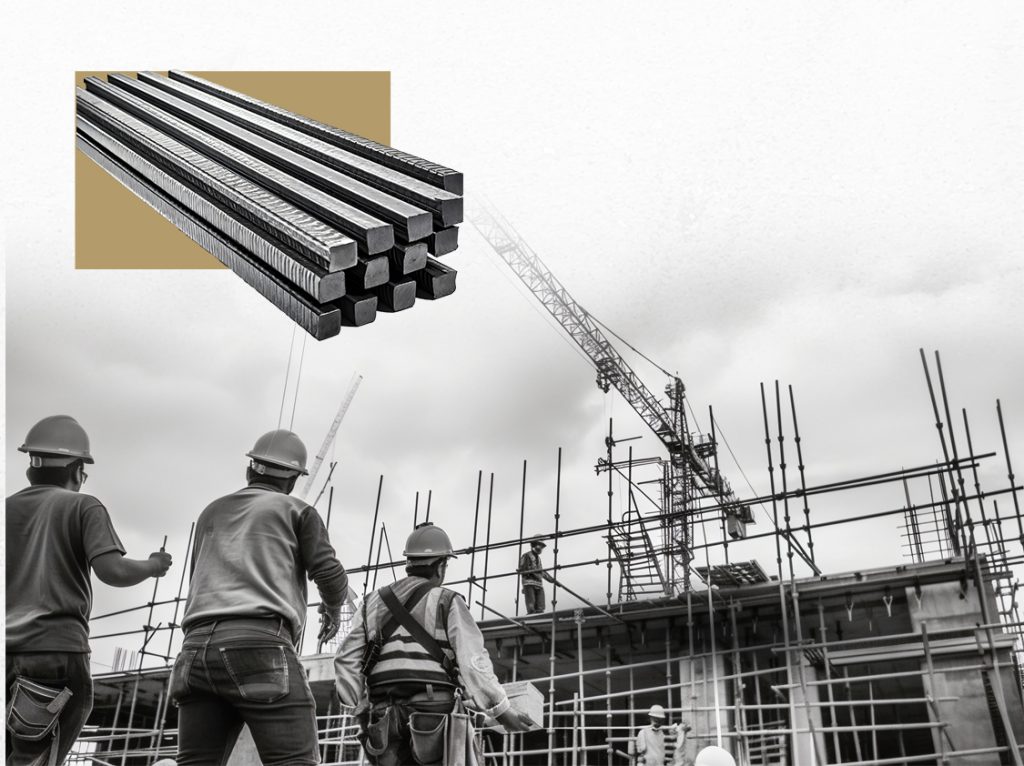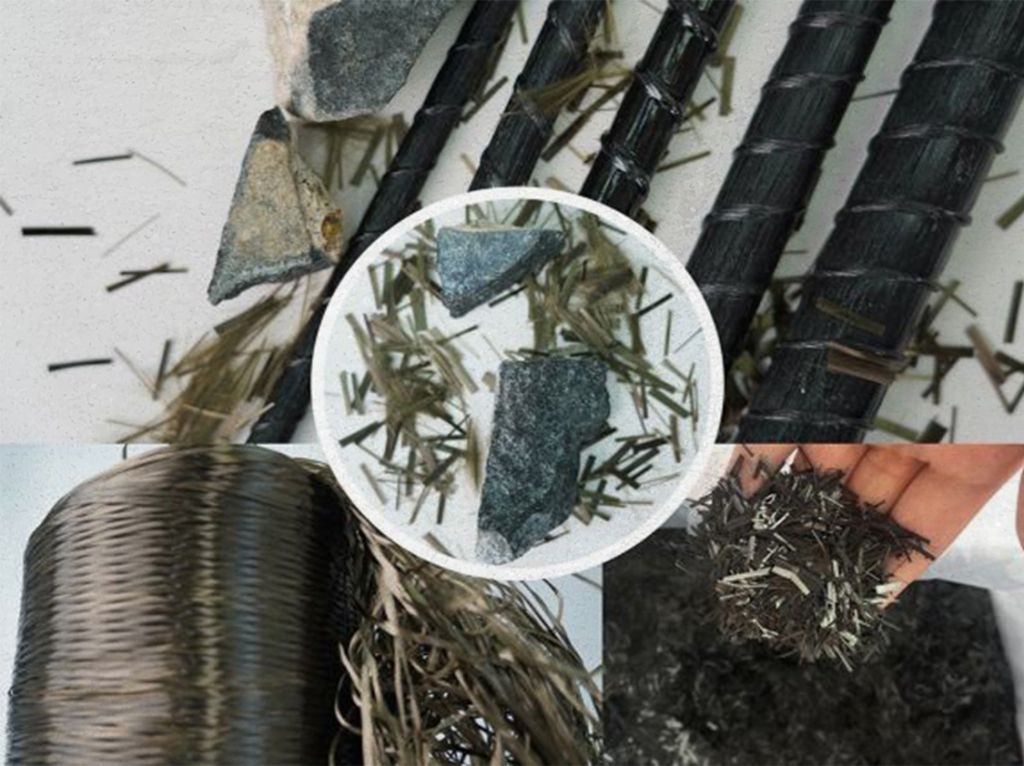Introduction
In the rapidly evolving construction industry, the quest for materials that combine strength, sustainability, and efficiency is more critical than ever. Among these, innovative fiber materials like Basalt Fiber Reinforced Polymer (BFRP) are at the forefront, driving significant changes in how buildings are designed, constructed, and maintained. This blog explores the pivotal role of BFRP and other innovative fiber materials in shaping the future of construction.
The Rise of Innovative Fiber Materials in Construction
The construction industry has always been on the lookout for materials that can provide enhanced performance while reducing environmental impact. Innovative fiber materials have emerged as game-changers in this regard. These materials offer superior properties that make them ideal for modern construction challenges.

What Makes Innovative Fiber Materials Stand Out?
Building material suppliers who offer BFRP are well-aware of its benefits, which include:
1. Strength and Durability:
Innovative fiber materials like BFRP offer exceptional tensile strength and resistance to environmental factors, making them more durable than traditional materials.
2. Lightweight:
These materials are significantly lighter than conventional construction materials, which reduces the load on structures and simplifies transportation and installation processes.
3. Sustainability:
The production of innovative fiber materials typically involves lower carbon emissions compared to traditional materials, aligning with global sustainability goals.
BFRP: A Leading Innovative Fiber Material
Basalt Fiber Reinforced Polymer (BFRP) is a standout among innovative fiber materials, known for its remarkable properties and wide range of applications in construction.
Properties of BFRP
BFRP offers superior tensile strength, which enhances the structural integrity of buildings.

1. High Tensile Strength:

2. Corrosion Resistance:
Unlike steel, BFRP does not corrode, making it ideal for use in environments exposed to moisture and chemicals.

3. Thermal Stability:
BFRP maintains its properties across a wide range of temperatures, making it suitable for various climatic conditions.

4. Eco-Friendly:
The production of BFRP has a lower environmental impact, contributing to greener construction practices.
Applications of BFRP in Modern Construction
BFRP’s unique properties make it suitable for a variety of construction applications, providing innovative solutions for modern engineering challenges.

Reinforcement in Concrete Structures
Using BFRP as a reinforcement material in concrete structures enhances their strength and durability. It is particularly effective in applications where traditional steel reinforcement would corrode, such as in marine environments or areas with high humidity.

Bridge and Infrastructure Projects
BFRP is increasingly being used in the construction of bridges and other infrastructure projects. Its lightweight nature and high strength make it ideal for these applications, where reducing the overall load and ensuring long-term durability are critical.

Architectural and Aesthetic Applications
Beyond its structural benefits, BFRP also offers aesthetic advantages. Its flexibility allows for creative architectural designs that are both visually appealing and structurally sound. This makes BFRP a popular choice for modern architectural projects that require innovative design solutions.
Comparing BFRP with Other Innovative Fiber Materials
While BFRP is a leading choice, other innovative fiber materials also play a crucial role in modern construction. Comparing these materials helps to understand their unique benefits and potential applications.
Carbon Fiber Reinforced Polymer (CFRP)
- Strength:CFRP offers even higher tensile strength than BFRP, making it suitable for applications requiring maximum strength.
- Cost: However, CFRP is generally more expensive than BFRP, which can be a limiting factor for some projects.
- Applications: CFRP is often used in aerospace and automotive industries, but it is also finding applications in high-performance construction projects.


Glass Fiber Reinforced Polymer (GFRP)
- Cost-Effectiveness: GFRP is more affordable than both CFRP and BFRP, making it a cost-effective option for many construction projects.
- Properties: While not as strong as BFRP or CFRP, GFRP still offers significant improvements over traditional materials.
- Applications: GFRP is commonly used in roofing, piping, and other applications where cost is a primary consideration.
Future Trends in Innovative Fiber Materials
The future of construction is likely to see even more advancements in innovative fiber materials, driven by ongoing research and development.
Combining different types of fibers, such as basalt, carbon, and glass, into hybrid composites can optimize their properties, providing even greater strength, durability, and flexibility.

Hybrid Fiber Composites

Smart Materials
Innovative fiber materials are also being integrated with smart technologies to create responsive building components that can adapt to environmental changes, enhance energy efficiency, and improve building performance.

Sustainability Focus
As sustainability continues to be a driving force in construction, the development of eco-friendly fiber materials that reduce environmental impact will remain a key focus area.
Conclusion
Innovative fiber materials like BFRP are at the heart of the transformation taking place in the construction industry. Their unique properties offer unparalleled benefits in terms of strength, durability, and sustainability, making them essential for modern building projects. As the industry moves forward, the continued integration and development of these materials will play a critical role in shaping the future of construction.


Arab Basalt Fiber Company
Arab Basalt Fiber Company is at the forefront of innovation in the construction industry, specializing in the development and distribution of Basalt Fiber Reinforced Polymer (BFRP) products. Dedicated to sustainability and cutting-edge technology, the company offers a wide range of BFRP solutions designed to meet the modern demands for stronger, more durable, and environmentally friendly building materials. With a commitment to quality and customer satisfaction, Arab Basalt Fiber Company aims to lead the way in the use of basalt fiber technologies, providing expert guidance, seminars, and presentations to promote the benefits and diverse applications of their products. Their mission is to revolutionize construction practices worldwide, making structures safer, longer lasting, and more sustainable.
Learn More about how you can incorporate BFRP into your next project. www.ArabBasaltFiber.com